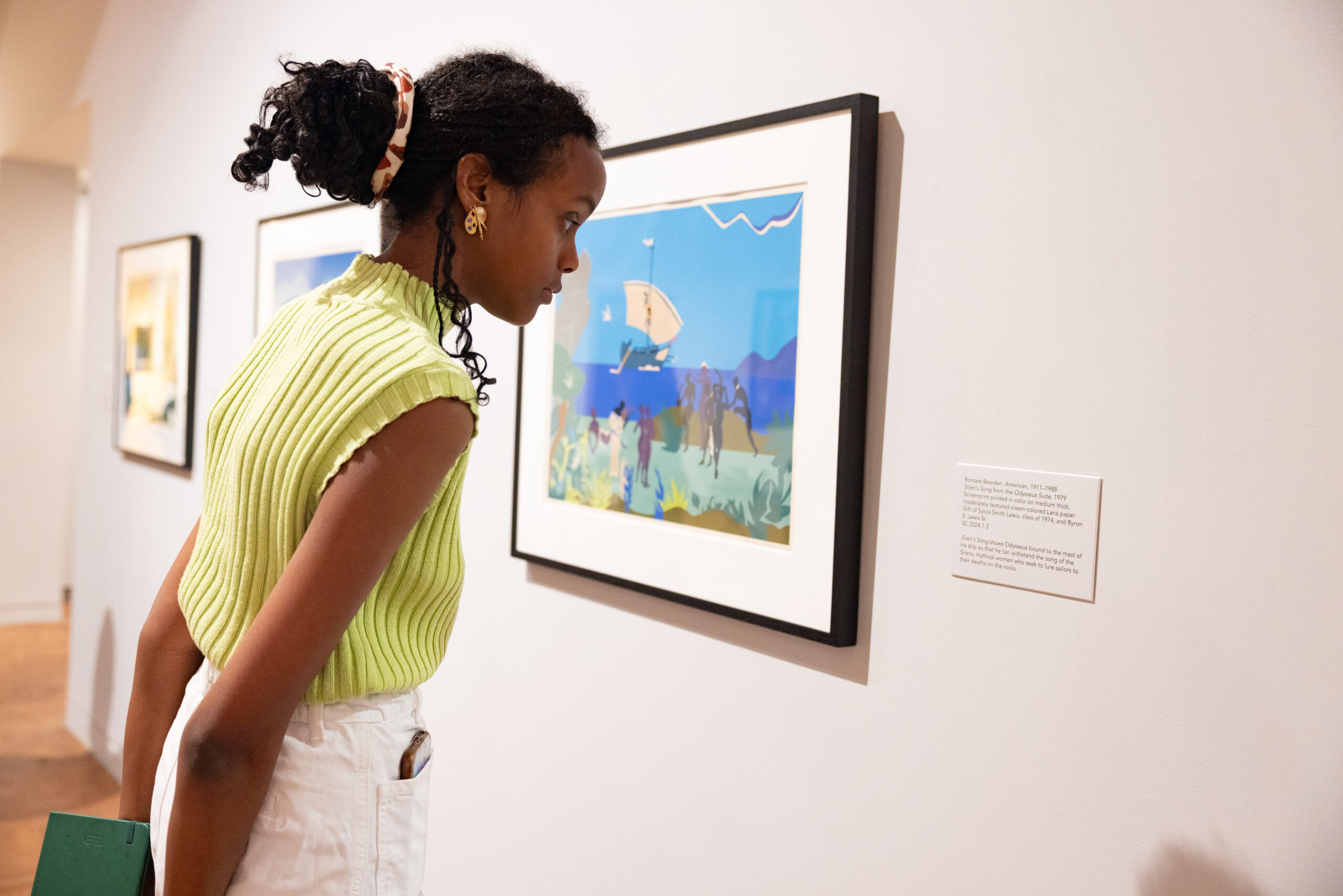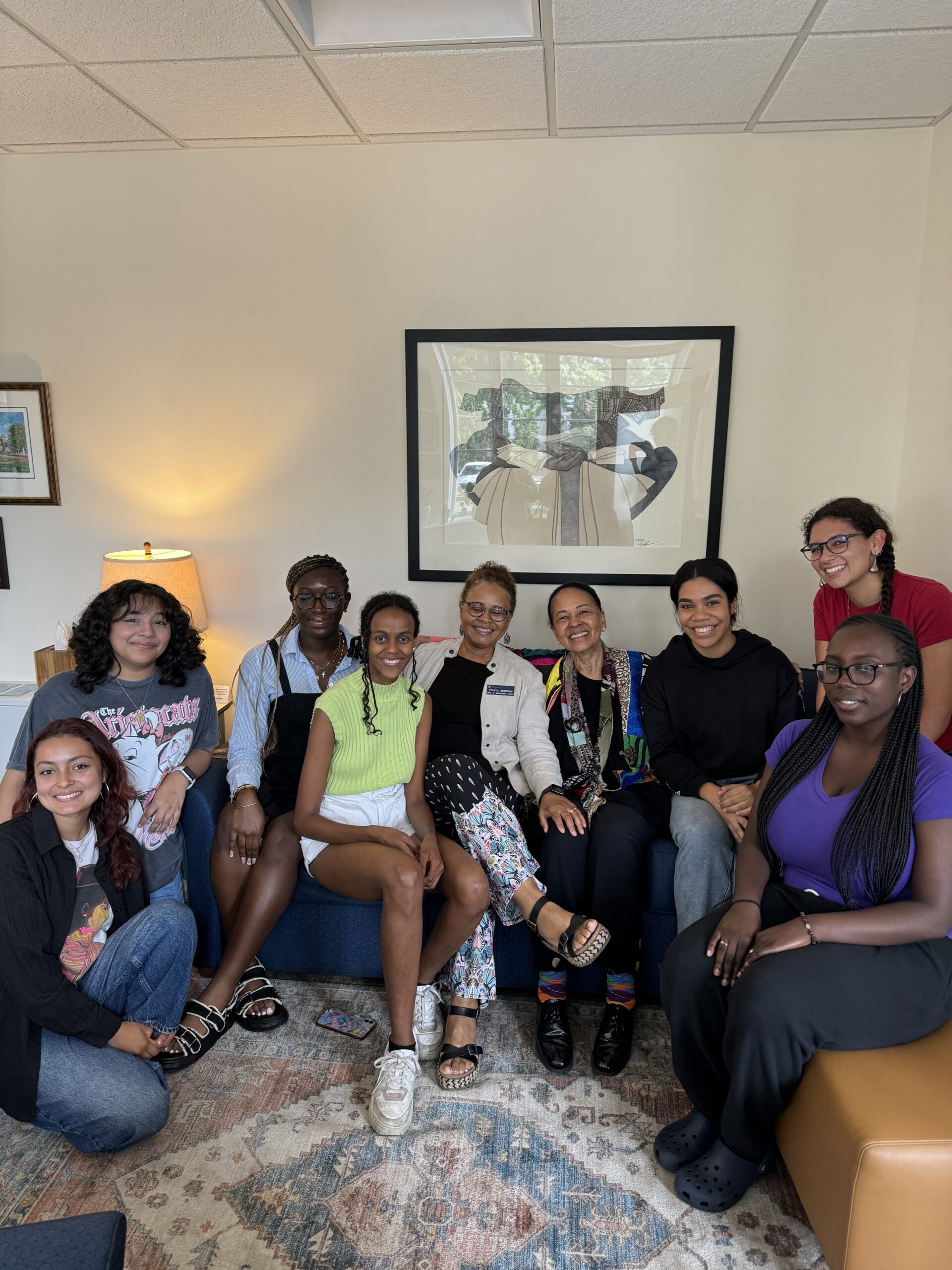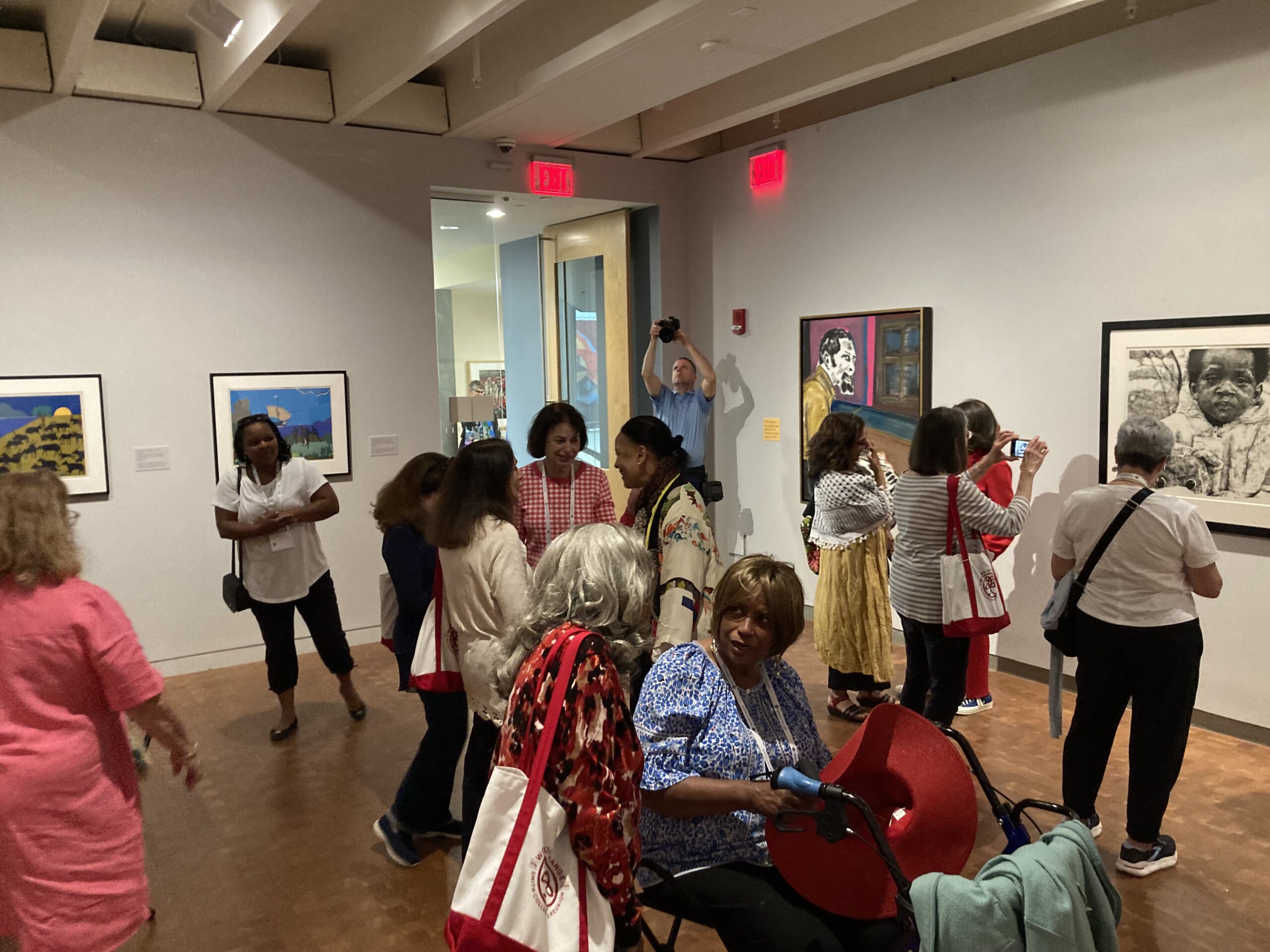
Artful adventures are vital to normalizing and integrating art into an educational experience. Smith College Museum of Art’s (SCMA) art-making activities and engagement with the artworks are primary paths to enjoying the museum. We were impressed that ‘Beacon to the World,’ our Black (African American artists) art gifts on exhibit, inspired art-making projects and provided learning opportunities.
Art museum learning allows people to open up to new ways of seeing, experiencing, and connecting to themselves, others, and the broader world. In the museum setting, the young and old learn from each other, as well as from docents and guides, museum educators, artists, and professionals.
Here’s an excerpt of how SCMA’s activities and programs direct the local school children and people of all ages:
-Do Art-making at the museum. Visitors are encouraged to use supplies like pencils, crayons, clipboards, and drawing paper from the cart in the coatroom to sketch and write in the galleries.
– Dialogue is encouraged. Visitors are directed to “Add your thoughts and ideas to the Talk Back: Art in Conversation installation on the museum’s lower level. While you’re there, don’t miss the artist-designed restrooms!”
-Engagement with the art is supported. “Ask children questions to spark discussion. I’m wondering what’s going on in this picture. What do you think? What do you see that makes you say that? What more do you see? What do you think might happen next in this picture? Why? With abstract works of art, invite them to name the feeling that the artwork evokes.”
-Participation is an important activity, especially in SCMA’s family programs, such as Free Second Friday (hands-on art-making for all ages, inspired by works on view).
–“Take breaks and return as often as you like.” The atrium next to the museum is available for snack breaks.
-Extend your artful adventure by exploring the beautiful Smith College campus’s outdoor sculptures and the Botanic Garden.
-For more ideas about visiting with children, email us at museduc@smith.edu.
Thanks to a generous gift from alumnae, the Smith College Museum of Art is free to the public.
Second Friday Art-making
Here are some photos from the Second Friday at SCMA in July. Richard Watson’s “Maxine” inspired the art-making activity—photos by Cloud Osmond ’24.































































